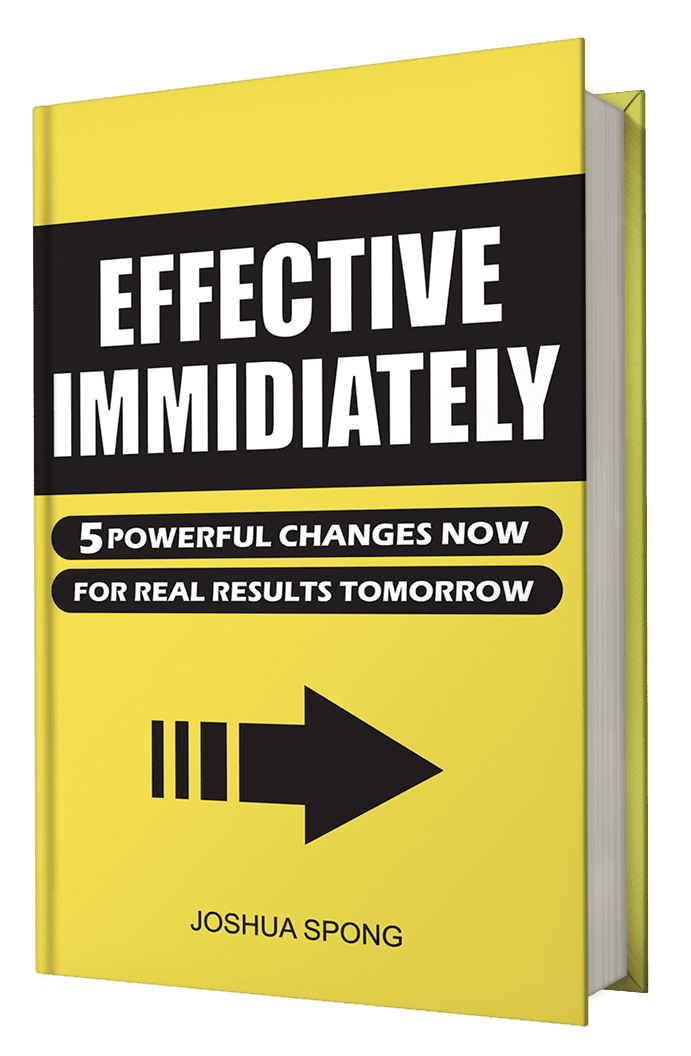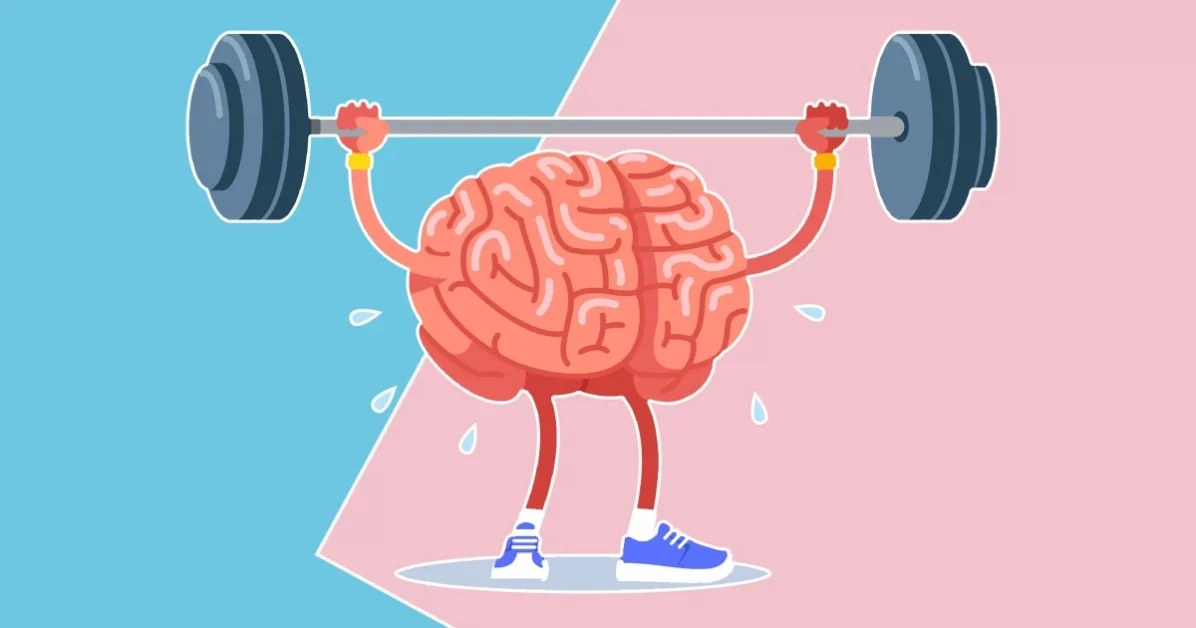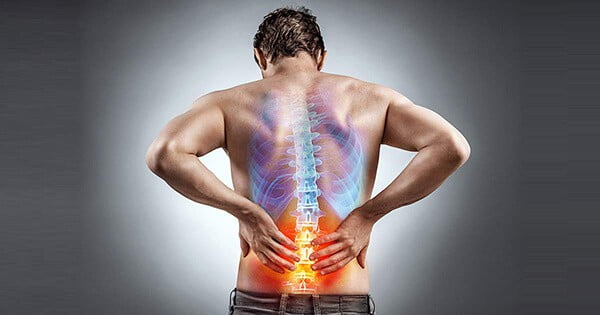The 7 Secret Benefits of Exercise
Key Points:
- The benefits of exercise extend far beyond strength and weight loss.
- Exercise mitigates effects of cardiovascular disease and some types of cancers.
- Just 20 minutes of exercise between 55 to 85% of your maximum heart rate elicits meaningful results.

Exercise. The task we all dread but know we must do. Health professionals across the globe have preached the need for regular exercise for decades, and there is no disputing the health benefits for those who commit to it and the detrimental effects for those who do not.
What is not as commonly known is just how far-reaching these health benefits can be. Not only does exercise improve your immediate sense of wellness, but it can also add years to your lifespan. More importantly, the quality of those years will be significantly enhanced, enabling you to stay mobile further into old age.
If you’re struggling with motivation, this article will help convince you that the benefits of exercise extend way beyond simple weight loss and strength, but into every facet of every minute of our lives.
1) Exercise Fortifies Your Entire Body
Exercise serves to fortify your entire body, from head to toe, strengthening not only muscles but organs too. The heart, an organ built from cardiac muscle, operates more efficiently when exercised regularly.
As you exercise, your muscles consume up to three times as much oxygen as when resting, and your heart rate increases to cope with the increased demand. The more you exercise, the more efficient the heart becomes at managing this demand, and you are less likely to succumb to fatigue.
2) Reduces Chances of Cardiovascular Diseases
Cardiovascular disease (CVD) – which includes heart disease and stroke – is a silent killer and the number one cause of death in the United States. Regular exercise increases the blood-carrying capacity of the left ventricle, making it easier for the heart to pump oxygenated blood to all organs, muscles, and systems of the body.
More blood means more cell repairs, helping you recover better from injury and even staving off the diminishing effects of age, ensuring you look and feel younger. Apart from the obvious cardiovascular benefits, regular exercise promotes positive physiological changes, such as encouraging the heart’s arteries to dilate more readily, and allowing blood to circulate more freely.
The sympathetic nervous system (which controls heart rate and blood pressure) will also be able to moderate itself more efficiently. Although the benefits of regular exercise are often long-term, the body is so quick to adapt that cardiovascular improvements can be measured immediately after exercising.
3) Reduces Damage From From a Heart Attack
Another incredible effect of exercise on the heart lies in a biological mechanism called ischemic preconditioning (IPC) – the ability of the heart to recover from a partially blocked artery.
“The idea is that when you have a coronary blockage and you exercise, the area of heart beyond the blockage is starved for blood supply — more so than when you’re at rest,” says cardiologist Dr. Meagan Wasfy of the Cardiovascular Performance Program at Harvard-affiliated Massachusetts General Hospital. “That sets up several molecular and metabolic pathways that help the heart adapt to that inadequate blood flow,” she explains.
Although IPC does not prevent blockages from occurring, it significantly improves the chances of survival for those whose arteries do become blocked. Animal studies suggest that ischemic preconditioning seems to protect the heart if a heart attack does occur later on by as much as 50%, with this protective effect lasting up to 48 hours immediately after exercising.
Even for a slim and relatively in-shape person, you never know how far you may be from a heart attack. For those who are older, perhaps not in as great health, or have a family background of heart attacks, regular exercise can significantly reduce the damage if a heart attack were to occur through ischemic preconditioning.
Your Free Book is Waiting
You’ll Learn:
- How to Create Habits – The Right Way
- Create a Bulletproof Plan to Achieve Your Goals
- Master the Art of Failing
- Rediscover Your Love of Learning
- Instantly Become More Personable

4) Significantly Reduces Chances of Some Types of Cancers
There is a myriad of other benefits of regular exercise. In a study of more than 14,800 women, those with the highest levels of aerobic fitness were 55% less likely to die from breast cancer than those who were sedentary. Women considered moderately fit had a 33% lower risk of developing the disease.
Colon cancer is one of the most extensively studied cancers concerning physical activity. A 2009 meta-analysis of 52 epidemiologic studies that examined the association between physical activity and colon cancer risk found that the most physically active individuals had a 24% lower risk of colon cancer than those who were the least physically active.
The mechanism behind this relates to the reduction of growth factors and hormones, such as insulin and estrogen. Regular exercise can also reduce the time it takes for food to travel through the digestive system, which decreases gastrointestinal tract exposure to possible carcinogens.
5) Avoids Obesity Related Damage
Just 30 minutes a day can keep obesity away. The worldwide prevalence of obesity nearly tripled between 1975 and 2016, with an estimated 30% of the global population now considered obese.
It is a problem that burdens not only individuals but also state funds; the United States devotes over 20% of its annual medical spending to combat the effects of obesity.
Exercise can help to prevent harmful effects associated with obesity, particularly the development of insulin resistance (a cell’s failure to respond to insulin). It also reduces inflammation by providing greater quantities of oxygenated and nutrient-rich blood to all areas of the body, therefore improving joint mobility.
The immune system is strengthened through boosting levels of immunoglobulins, proteins that bolster the immune system and ward off infection. “Every sweat session you do can help strengthen your immune function for about 24 hours,” says Cedric Bryant, Ph.D., chief science officer for the American Council on Exercise.
As we have seen with the recent global coronavirus pandemic, where symptoms were exacerbated by weak immune systems, it pays to be prepared.
6) Slows the Effects of Aging
Regular exercise can provide better functioning telomeres – the DNA that bookends our chromosomes and protects them from damage – which studies show can slow the aging process.
Yes, regular exercise really does keep you looking younger. Research at the Cooper Clinic in Dallas found that as little as 30 minutes of cardio, from walking to rowing, three to five days a week can add six years to the average lifespan. That may be the difference between meeting a grandchild and not.
Regular resistance training focusing on muscle strength also combats feebleness and poor posture in old age.
7) Strengthens the Mind
Perhaps the most underappreciated aspect of exercise is the strengthening of the mind. Humans are estimated to only use around 40% of their potential endurance capacity when they feel they hit the wall.
The mind, in a bid to protect them from harm, acts as a physical limiter to uncomfortable situations. By exercising hard, and pushing past our 40% inherent limiter, we build mental resilience against strenuous activities.
This applies not only to physical feats, such as endurance running but also to mental feats, such as persevering with a business that has hit hard times.
Exercise is an easily accessible technique to allow you to push past your subconscious comfort zone and strengthen your mental fortitude. Accumulating many small wins will help prepare you to endure tougher challenges.
What Type of Exercise is Best?
Now we are aware of the significant benefits of exercise, the question remains of which types of exercise provide the greatest benefits. There is no single correct answer here, but the consensus amongst experts suggests at least 150 minutes of moderate aerobic activity or 75 minutes of vigorous aerobic activity a week (or a combination of both).
This works out as 20 minutes of moderate activity a day for seven days a week or 30 minutes for five days (half for vigorous activity). If this sounds daunting, build up to it incrementally; any amount of exercise is better than none and some of the effects are immediate. But these limits should be the longer-term goal.
The Department of Health and Human Services also recommends strength training exercises for all major muscle groups at least twice a week. Aim to do sets of exercises using a weight or resistance level heavy enough to tire your muscles after 10 to 15 repetitions.
Alternatively, exercise classes such as yoga or boxing will provide the same benefit with an added social component.
Many work into their lifestyles the habit of performing 20 minutes of cardio every morning after waking up. Any time is acceptable, however, at long as it is unavoidable and consistent.
While all forms of exercise are beneficial for the heart, low-impact exercises are better for long-term health, especially for those who take heed of this advice early in life and commit to it before their bodies begin to atrophy. Running is a higher-impact exercise and therefore takes a greater toll on joints and delicate cartilage in the knees.
I use an elliptical machine which is low impact and works the whole body, but rowing, cycling, and swimming are excellent alternatives. Still, a jog around the block every morning is certainly better than nothing.
Ensure You Reach the Minimum Heart Rate
A common mistake many make when exercising is not exercising hard enough. While you certainly don’t have to set any records or work to exhaustion every workout, you need to raise your heart’s BPM (beats per minute) to a high enough level to elicit meaningful benefits.
Experts recommend exercising within 55 to 85% of your maximum heart rate for at least 20 to 30 minutes to get the best results from aerobic exercise. The optimum and maximum rates per age group that you should be targeting can be found online.
Most gym equipment these days have heart sensors built-in. Smartwatches such as Apple watches and Fitbits are also a great way to ensure your BPM remains in these ranges.
Conclusion
The significance of a healthy body cannot be underestimated in maintaining a healthy mindset. Even if you do not fear the consequences of poor health, you might at least appreciate the benefits.
These short time commitments, of just 30 minutes a day, should be crafted into a habit that becomes automatic over time. Instead of getting home and watching TV on the couch for 30 minutes, purchase a cheap exercise bike and watch it while riding.
Your mind and body are synergistic – when one suffers, so does the other. Just a few hours a week can provide a lifetime of benefits.
How is your exercise routine going? Let me know in the comments below.

The 5 Best Evidence-Based Supplements For Anxiety
The 5 best evidence-based supplements for anxiety include passionflower, kava, St John’s wort, L-arginine, and magnesium, according to recent research.

Mastering Emotions: The Science Behind Emotional Control
To master emotions, and improve emotional control, we first need to understand the science behind them.

The 3 Pillars of Health – Sleep, Diet, and Exercise
While rates of noncommunicable disease are increasing, research has shown that sleep, diet, and exercise can be more effective at preventing disease than medication.

Intelligence Is Linked To Success, But Your Persistence Is More Important
While Intelligence is linked to success, it is genetic and cannot be significantly improved. Persistence, therefore, is what we must focus on.

Your Neglected Muscles Are Causing Your Pain – The Importance of Massage
Neglected muscle maintenance causes all manner of symptoms, including lower back pain and headaches. Here’s how to prevent it.

Is ADHD Behind Rejection Sensitive Dysphoria (RSD)?
Rejection sensitivity, and its unofficial diagnosis RSD, is thought to be related to ADHD, often mistaken as a symptom. But rejection sensitivity can be treated.